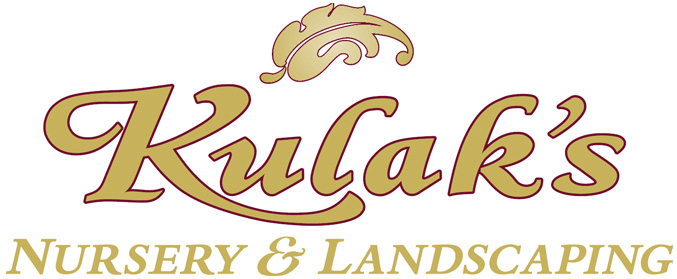Whether you plan your garden from start to finish or use a professional designer, a few simple steps can help you assess your property’s potential to develop the landscape of your dreams. By getting involved in the landscape design process, you can address practical problems, structure your outdoor living space and develop a plan that will reflect your taste and lifestyle.
Surveying Your Site
Every yard, garden and landscape site will have differing light conditions, grade changes, varying soil conditions and existing plants and structures to consider when planning changes and expansions. Using a loose-leaf binder, take notes on each of the following:
Overall:
- What are your favorite spots in your yard and why? What your least favorite and why?
- In landscapes, do you generally prefer open on enclosed spaces?
- What existing plants do you want to preserve, and which do you want to remove?
- What is the architectural style of your home? What is your decorating style?
- Are you planning any additions to your home that may take away yard space?
- Do you want special areas for children, entertaining, pets, recreation, vegetable gardening, water features or composting?
- What is your time frame? Do you want a short-term or long-range plan?
- Which building materials do you like – brick, wood, stone, pavers, etc.?
- Is your outdoor lighting adequate for your use?
- Do you need to screen an area for wind, noise or an unwanted view?
- What is you landscaping budget (both short- and long-term)?
- How will your landscape use change over time, such as when children grow up?
Specific Areas:
- What is the light condition of the area? How does it change seasonally?
- How is the soil – well-drained, poor, heavy clay, poorly drained, etc?
- What are the dimensions of a confined area that could affect plant size?
- What are your favorite plants or types of plants?
- Would you like a garden accent or other feature in this area (trellis, arbor, sculpture, bench, pond, etc)?
- What is the pH and general condition of the soil?
Once you have taken adequate notes, you’ll have a much better understanding about the overall layout of your landscaping site. This can help you plan the best options without making costly or time-consuming mistakes, such as planting the wrong tree that will outgrow a corner in a few years, or choosing building materials that won’t stand up to your climate.
More Tips for Landscape Surveying
You can never have too much information at your fingertips when you are surveying your site for landscaping changes. More techniques that can give you all the information you need include…
- Photographing your property. Snapshots can reveal what the eye may overlook, and can be useful to show others to get their unique perspectives. Take views from your house and various areas of your property. Include photos from different times of day.
- Measure everything and mark it on a map. You can use graph paper to create a simple sketch that will show dimensions so you can properly size your landscaping plans.
- Make a sketch that shows what is existing (plants & structures) and where it is located. This will help you figure out what features you want to preserve, what you may want to expand and what you would rather remove and how the space will change.
Still need help? Bring your information in – we can help you choose the best plants, accents and accessories suitable to your needs, style and budget for the landscape of your dreams!



